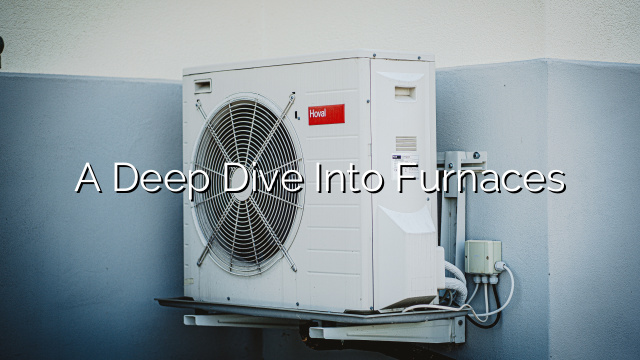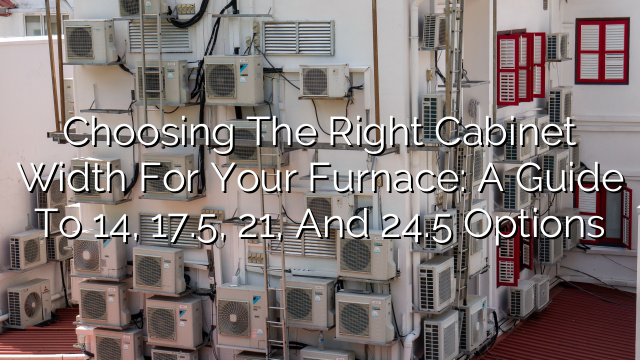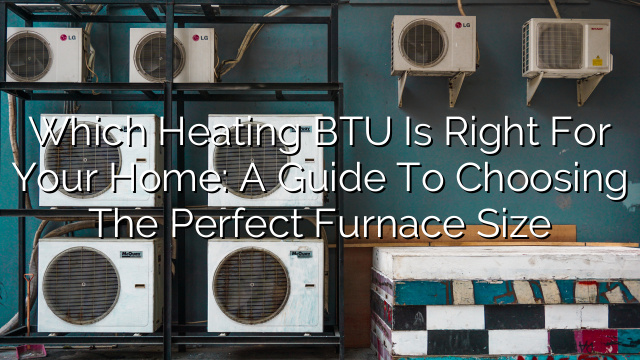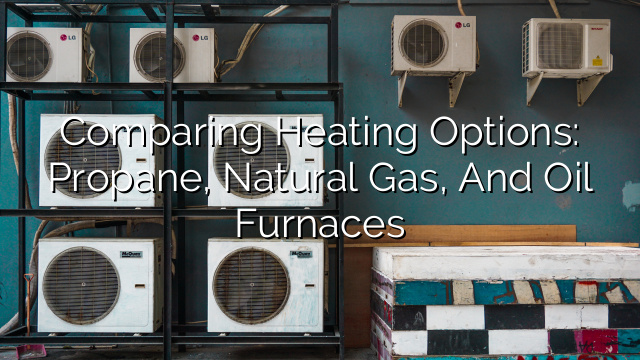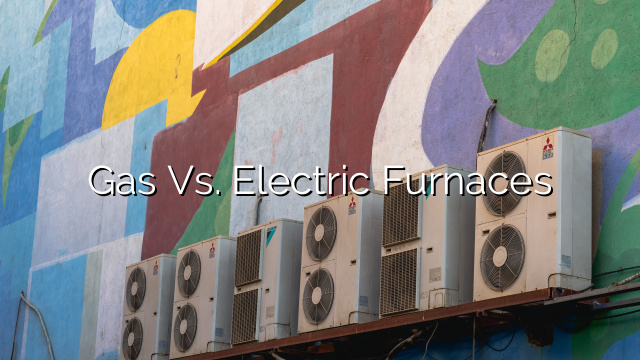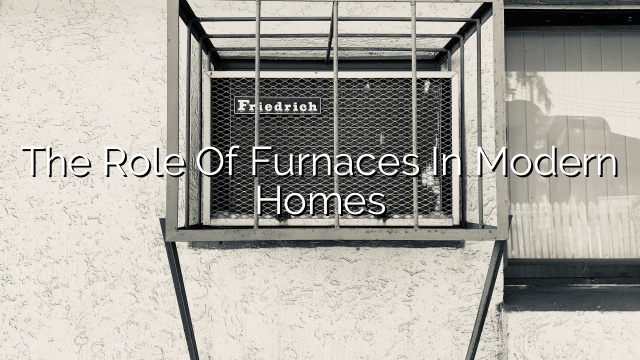The Importance of Furnaces
Furnaces play a crucial role in keeping our homes warm during the chilly winter months. Without a functioning furnace, it would be nearly impossible to maintain a comfortable indoor temperature, which is essential for our well-being. In this blog post, we will explore the different types of furnaces, how they work, and the factors to consider when choosing a furnace for your home.
Types of Furnaces
- Gas Furnaces: Gas furnaces are the most common type of furnaces found in residential homes. They use natural gas or propane as fuel to generate heat. Gas furnaces are known for their efficiency and cost-effectiveness, making them a popular choice among homeowners.
- Electric Furnaces: Electric furnaces rely on electricity as their source of heat. While they may not be as efficient as gas furnaces, they are still a viable option for homeowners who do not have access to natural gas or propane.
- Oil Furnaces: Oil furnaces use heating oil to produce heat. They are commonly found in areas where natural gas is not readily available. Oil furnaces require an oil storage tank and regular fuel deliveries.
- Heat Pumps: Heat pumps are a popular alternative to traditional furnaces. They work by transferring heat from the outdoor air or ground into the indoor space. Heat pumps can provide both heating and cooling, making them versatile and energy-efficient.
How Furnaces Work
Furnaces work by burning fuel to generate heat, which is then distributed throughout the house. Let’s take a closer look at the basic functioning of a gas furnace:
- Combustion: The furnace’s burners ignite the fuel (natural gas or propane) and create a controlled flame inside the combustion chamber.
- Heat Exchange: The heat generated by the combustion process is transferred to the heat exchanger, which is a metal component within the furnace. The heat exchanger absorbs the heat and raises its temperature.
- Air Circulation: The blower fan forces air from the home’s return air ducts over the heated heat exchanger, absorbing the heat. This now-heated air is then circulated throughout the house via the supply air ducts.
- Ventilation: The combustion gases produced during the combustion process need to be safely expelled from the house. A flue pipe or chimney vents these gases to the outside.
- Thermostat Control: The furnace’s operation is controlled by a thermostat, which senses the indoor temperature and signals the furnace to turn on or off accordingly.
Considerations When Choosing a Furnace
When selecting a furnace for your home, there are several factors to consider:
- Size: The size of the furnace should be compatible with the size of your home. A furnace that is too small will struggle to adequately heat the space, while a furnace that is too large will cycle on and off frequently, leading to higher energy bills and reduced efficiency.
- Efficiency: Furnace efficiency is measured by its Annual Fuel Utilization Efficiency (AFUE) rating. The higher the AFUE rating, the more efficient the furnace. It is advisable to choose a furnace with a high AFUE rating to minimize energy consumption.
- Budget: Consider your budget when choosing a furnace. Different types of furnaces have varying installation costs, fuel costs, and maintenance requirements. You want to select a furnace that fits within your financial means over the long term.
- Environmental Impact: If environmental friendliness is a priority for you, consider opting for a furnace with a lower carbon footprint, such as a high-efficiency gas furnace or a heat pump.
- Noise Level: Some furnaces can be noisy during operation. If noise is a concern, look for models that offer quiet operation features.
- Maintenance Requirements: Different types of furnaces have varying maintenance needs. Consider the ongoing maintenance requirements, such as air filter replacements and annual servicing, before making your decision.
Frequently Asked Questions
- Q: How often should I replace my furnace? A: Furnaces typically last between 15 to 20 years, depending on the type and level of maintenance. If your furnace is nearing the end of its lifespan or experiencing frequent breakdowns, it may be time to consider a replacement. It is recommended to have a professional HVAC technician evaluate the condition of your furnace and provide guidance on whether it is time for a replacement.
Conclusion
In conclusion, furnaces are essential for maintaining a comfortable indoor temperature during winter. They come in different types, including gas, electric, oil, and heat pump furnaces, each with its own advantages and considerations. Gas furnaces are the most common and cost-effective option, while electric furnaces can be a viable alternative in areas without access to natural gas. Oil furnaces are suitable for locations where natural gas is not readily available. Heat pumps offer both heating and cooling capabilities and are energy-efficient.
Understanding how furnaces work, with their combustion, heat exchange, air circulation, ventilation, and thermostat control, can help homeowners make informed decisions and ensure efficient operation. When choosing a furnace, factors such as size, efficiency, budget, environmental impact, noise level, and maintenance requirements should be considered.
If you find that your furnace is nearing the end of its lifespan or experiencing frequent breakdowns, it is advisable to consult with a professional HVAC technician to determine if a replacement is necessary. Furnaces typically last between 15 to 20 years, depending on the type and level of maintenance.

